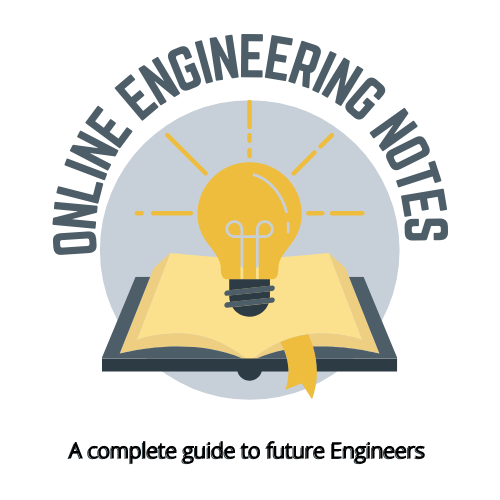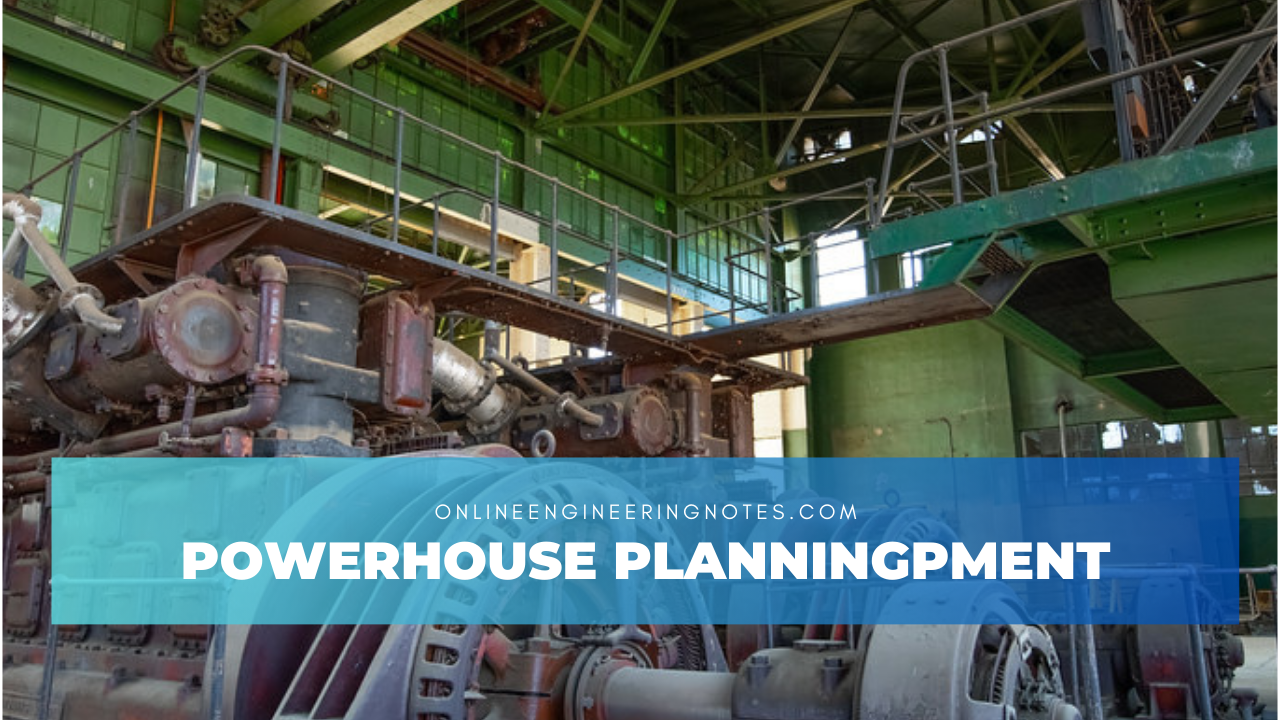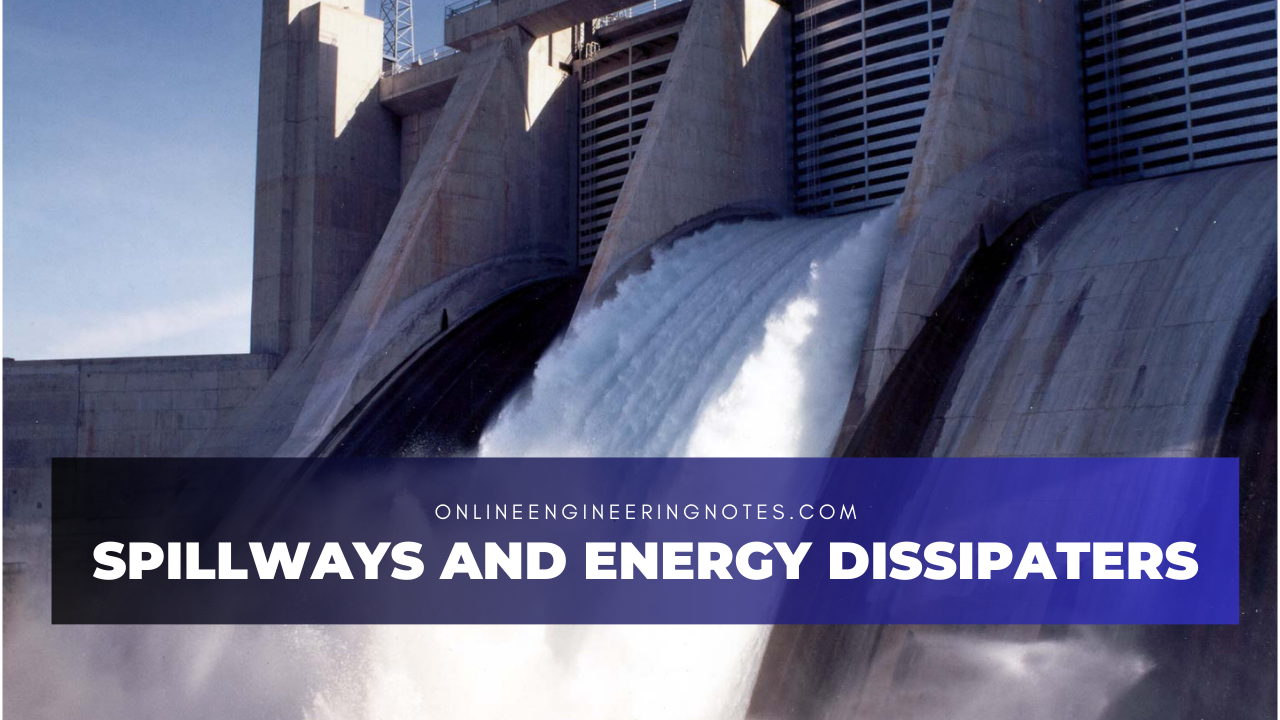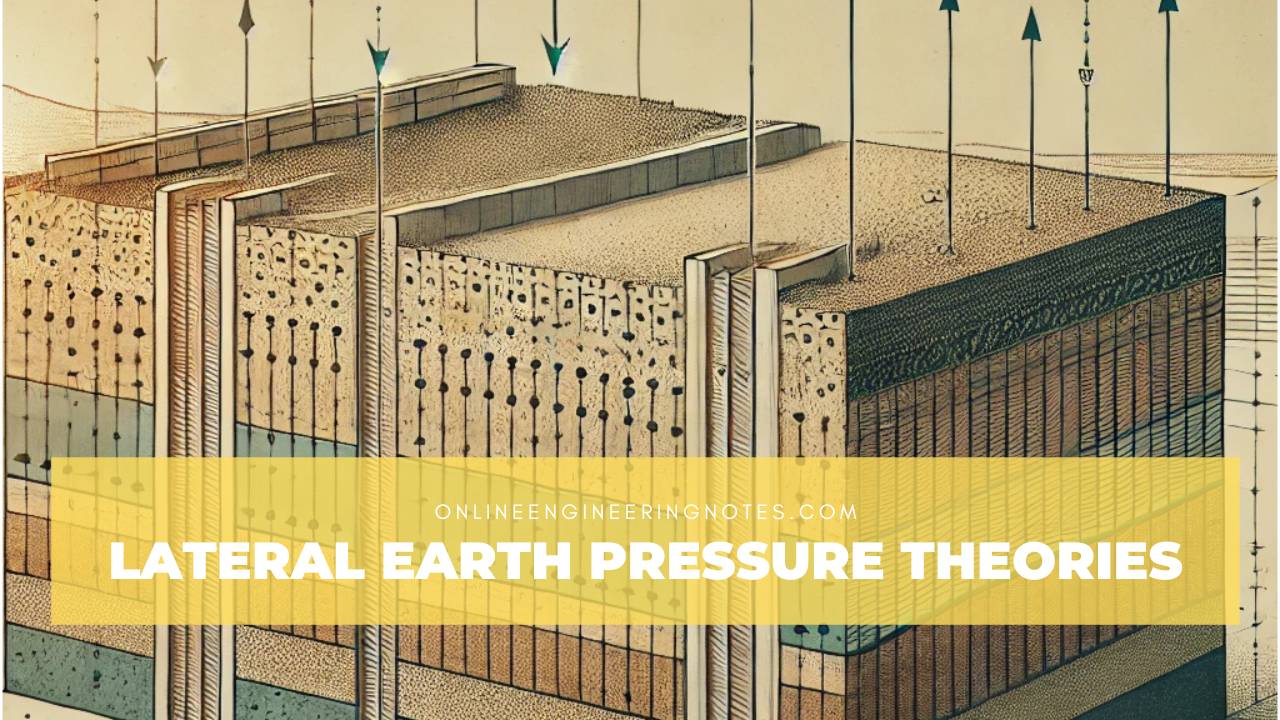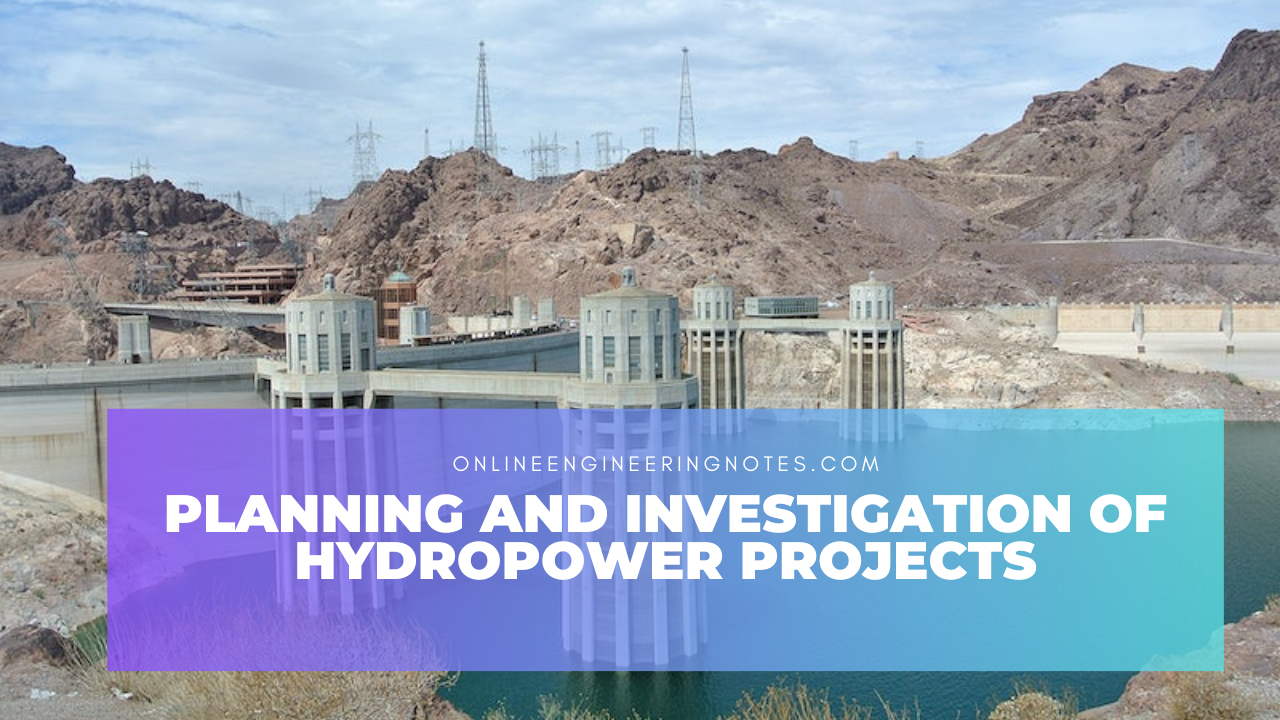Powerhouse Planning
1.1 Classification, general arrangement and layout plan of powerhouse Power house: Classification of powerhouse: a. Surface powerhouse: b. Underground powerhouse: General arrangement of powerhouse: 1.Superstructure: 2.Intermediate structure: 3.Sub structure: 1.2 General dimension calculation of powerhouse 1.Machine hall (Unit bay) a. Length: Where, D= Diameter of turbine b. Width: c. Height: 2. Loading Bay: 3. Control … Read more
